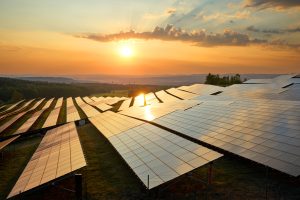The rating agency Standard and Poor’s (S&P) has affirmed its AA-/A-1+ long- and short-term foreign and local currency sovereign credit ratings on Estonia, with a stable outlook.
Both S&P and Fitch have rated Estonia AA-, the Estonian Ministry of Finance said. The sovereign rating reflects the agency’s assessment of the capability of the government to meet its obligations in the future. The stable outlook demonstrates the agency’s expectation that Estonia’s strong economic growth will continue, spokespeople for the ministry said.
“The stable outlook reflects the balance between Estonia’s track record of prudent fiscal management and solid growth prospects, against its lower per-capita GDP than that of peers rated in the AA category,” S&P said.
“In the longer term, we could raise our ratings on Estonia if average incomes were to converge further toward levels in the eurozone, reflecting further productivity gains in higher-wage sectors, particularly services.”
The rating agency said that the ratings are supported by Estonia’s strong and predictable institutions, its highly educated workforce, the government’s long track record of prudent fiscal management, which includes the preservation of substantial fiscal reserves, as well as its membership of the EU, the eurozone, and NATO. The ratings are constrained by Estonia’s moderate income levels compared with those of peers in the eurozone.
“At the same time, high wage and price inflation confirm that risks of overheating persist, with fiscal policy broadly neutral,” it said, adding that the impact of recent cross-border money laundering allegations could pose a reputational threat to the financial sector, but should have limited knock-on effects on Estonia’s broader economy.
S&P projects that growth rates will decrease from their elevated 2017 levels, but remain close to 3% over the next three years. As a small, open economy, Estonia’s growth outlook will depend on developments in its main export partners in the eurozone and Scandinavia. In the next few years, S&P expects continued strong demand for Estonian exports, particularly services, which will support sustained current account surpluses over the next two years.
“Investments, including projects to modernise the oil shale industry and improve rail links with the Baltic states and Poland, are expected to continue over the next few years,” the agency said. “In our view, such infrastructure investment supports sustainable economic growth, in contrast to the credit-fueled construction investment growth in the real estate sector seen in the pre-crisis years.”
Offsetting weak investment growth this year, private consumption growth almost doubled to 4.4% during the first nine months of 2018, up from 2.3% during the same period last year. This has led to a marked increase in imports, with net exports contributing negatively to headline GDP.




